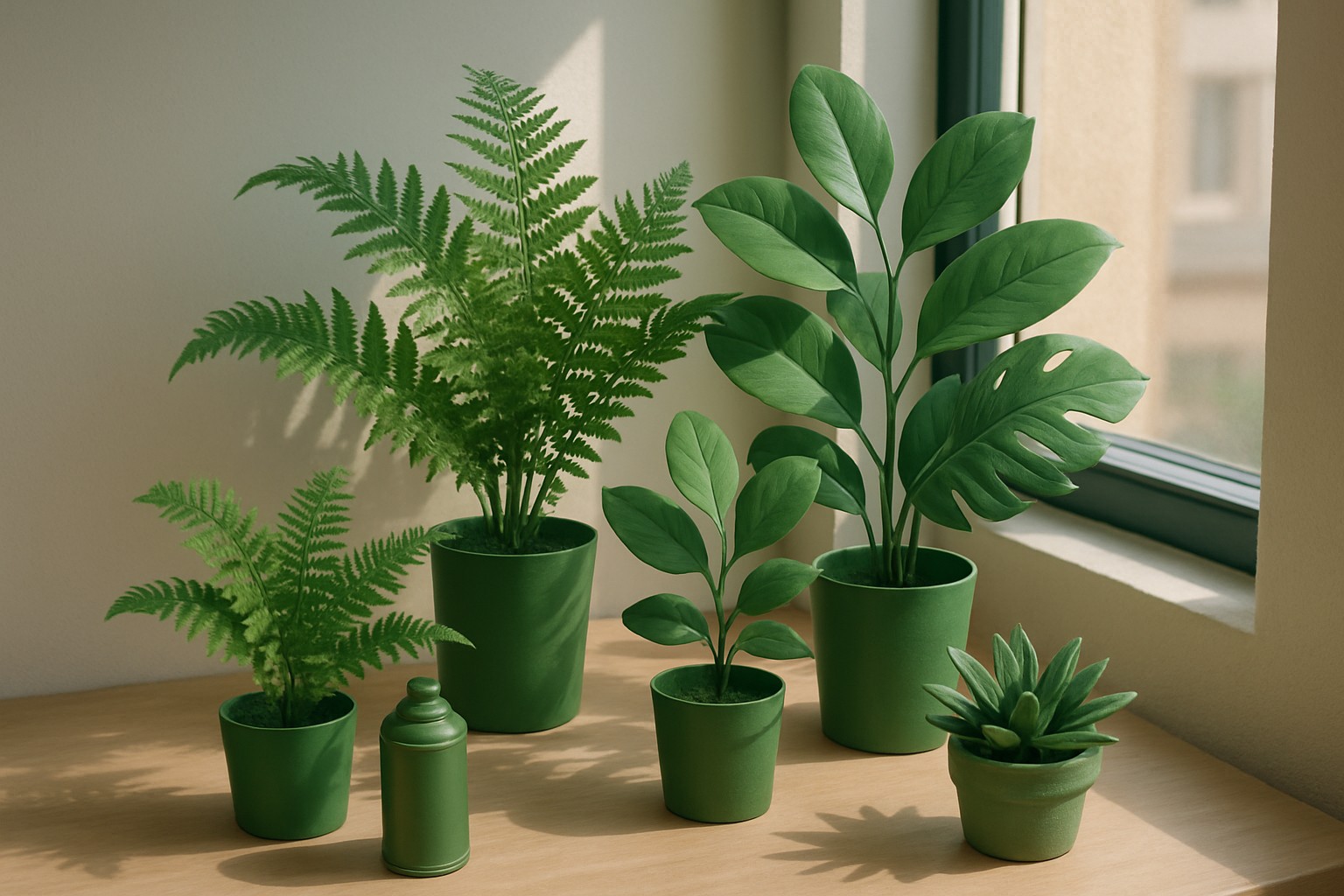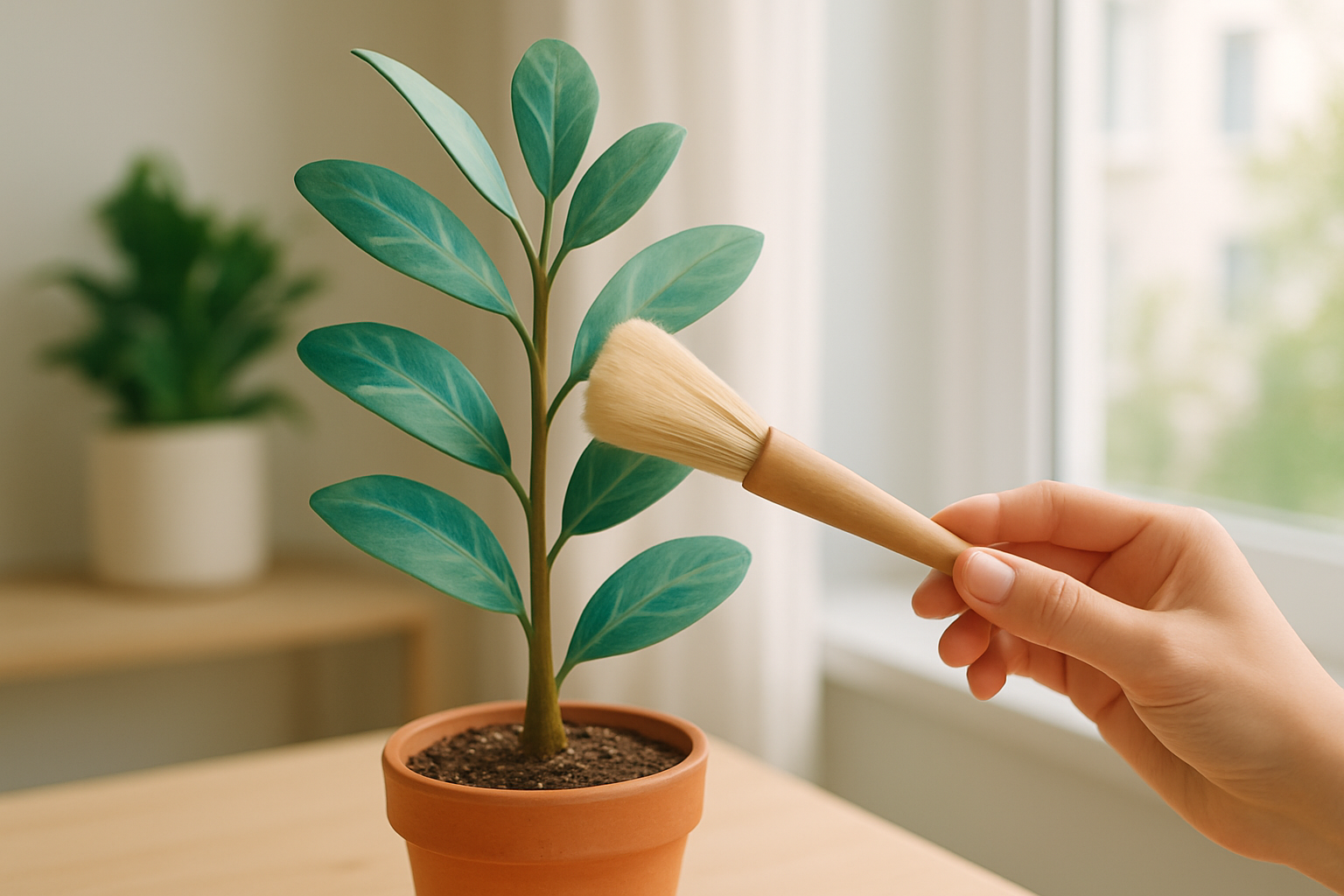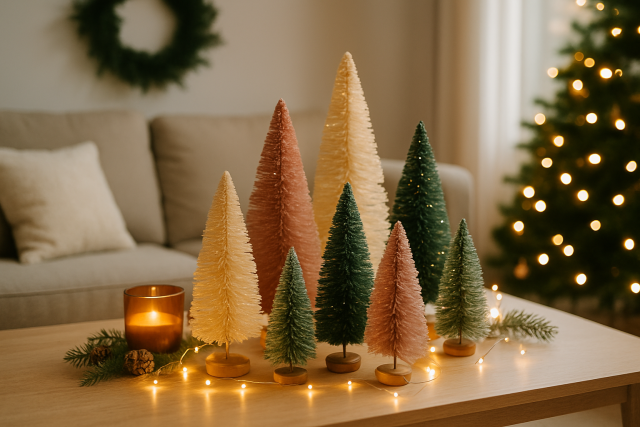Green Spray Paint for Artificial Plants That Looks Natural

This guide walks you through the ins and outs of bringing faded artificial plants back to life using the right spray painting methods—think fresh, natural and anything but fake.
- Explore the top green spray paints that help you nail a realistic natural finish on synthetic foliage without making it look like a science project.
- Find out the key preparation steps to ensure your paint sticks like a charm and your final look blends flawlessly.
- Learn expert techniques for layering multiple shades and adding depth with authentic leaf variegation that sells the illusion.
- Avoid common pitfalls like pesky drips and unnatural shine — the usual culprits that can give away your handiwork.
- Pick up handy tips for maintaining and touching up your painted plants so they stay lively and fresh-looking long after the first spray.
Giving artificial plants a little facelift with some green spray paint for artificial plants is a surprisingly practical trick to breathe new life into synthetic foliage. Over time many faux plants tend to lose their vibrant punch or never quite capture those delicate, natural shades you see on real leaves.
A Closer Look at Green Spray Paint for Artificial Plants—Because Even Faux Foliage Deserves a Second Chance
Green spray paint is a specially formulated aerosol paint that grips a variety of surfaces nicely including plastics and fabrics commonly found in artificial plants. When it comes to synthetic foliage the top contenders are acrylic, enamel, and water-based paints. Each offers its own durability, finish, and ease of use.
- Acrylic spray paint dries quickly and gives a nice matte finish that brings out the natural texture of leaves. It might struggle when left outdoors for long stretches. It’s the perfect indoor companion that sometimes falters in the wild.
- Enamel spray paint delivers a glossy durable finish that holds up and keeps colors popping. Watch out because it might need thinning to avoid looking like you’ve just polished your leaves to a mirror shine.
- Water-based spray paint is the eco-friendly choice, easy to clean up and yields soft gentle finishes. The trade-off is you’ll often need several coats to get full coverage. Good things take a bit of patience.
- Matte finish paints are your go-to for toning down shine and helping create leaves that look real and muted while avoiding any plastic vibes.
- Satin and gloss finishes range from a mild sheen to full glossiness. If you overdo it, leaves might come off too flashy to be believable.
- Drying times typically range between 15 minutes and an hour depending on the type and brand you use. There’s usually enough time for a coffee break or two.
- Safety considerations include spraying in well-ventilated areas and wearing masks and gloves to avoid fumes and skin contact.
How to Prepare Artificial Plants for Spray Painting Like a Pro
Proper preparation is half the battle when it comes to getting paint to stick well and look naturally flawless. It means rolling up your sleeves to thoroughly clean every speck of dust and dirt. Pick a workspace with good airflow so you don’t breathe in fumes. Carefully cover anything you want to keep paint-free and don protective gear to stay safe and avoid unwanted paint exposure.
- Start by gently dusting your artificial plants with a soft cloth or brush to remove surface dirt and stubborn buildup and give them a fresh look.
- If they appear grimy, wash them carefully using mild soap and water. Make sure to rinse thoroughly to avoid any soapy residue.
- Let the plants dry completely in a well-ventilated spot. This step is important to prevent the paint from becoming sticky or patchy.
- Set up your workspace in a covered and well-aired area. Outside or near an open window works best unless you want your indoor space to smell like paint.
- Spread out old newspapers or drop cloths to protect nearby surfaces. Also use painter’s tape to keep paint off areas you want to remain paint-free. Your future self will thank you.
- Safety first: wear a respirator mask, gloves and eye protection to shield yourself from fumes and keep paint off your skin. Your hands will appreciate it.

Preparing artificial plants by cleaning and setting up a safe, well-ventilated workspace for spray painting
Step-by-Step Guide to Applying Green Spray Paint for that Naturally Fresh Look
Nailing a natural look with green spray paint calls for patience and the right plan. Apply thin, even layers from the right distance and blend those shades carefully. Make sure each coat dries completely before moving on. This extra care helps dodge annoying drips, shiny patches or weird textures that can throw off the vibe.
- Give that spray paint can a good shake for at least 1-2 minutes—think of it as a little warm-up to get the pigment fully mingled and ready to go.
- Before you dive in try spraying on a scrap piece of paper or cardboard. It’s a handy trick to check how the color flows and whether you’re happy with it.
- When you start spraying the plant hold the can about 10-12 inches away. This helps you get a nice, even fine coat without overwhelming the surface.
- Use light, quick strokes instead of heavy dousing. It keeps paint buildup and those pesky drips at bay.
- Patience is key here—let each coat dry completely, usually around 15-30 minutes before adding more layers. Rushing it only leads to trouble.
- Play around with layering different shades of green. Mixing light and dark tones brings out depth and gives a more natural vibrant look.
- A matte clear sealant spray is your best friend if you want to protect the paint while keeping that lovely non-glossy natural finish intact.
Using different shades of green alongside complementary colors like sunny yellows and warm earth tones tends to mimic the natural variegation and subtle imperfections you’d find on real leaves. These little quirks keep things from feeling flat or boring, adding a touch of realistic texture and visual charm to your artificial plants
- Apply light green highlights to the tips and edges of leaves to hint at fresh new growth sneaking in.
- Use deeper green shades in the nooks and crannies like the undersides of leaves to create a believable shadow effect that whispers natural depth.
- Toss in some yellow-green tones where leaves might look sun-kissed or a little faded from too much time in the spotlight.
- Sprinkle subtle brown or tan speckles here and there to suggest those inevitable aging or drying spots—nature's little wrinkles.
- Blend all these colors gently using misted layers or soft stippling so the finish feels smooth and effortlessly natural like it grew that way.
Frequent Mistakes and How to Dodge Them Like a Pro
There are a few common hiccups that can trip up your green spray paint project like piling on too much paint and ending up with weird unnatural textures or finishes that shine too much and don’t pass for real leaves. Then there’s the uneven color issue which can throw off the whole natural vibe by not blending right.
- Spraying too close often leads to paint drips that look downright unnatural and can really mess up the texture.
- Not letting each layer dry completely before the next one goes on usually ends up with blotchy, uneven patches—definitely not the smooth finish we’re after.
- Skipping the cleaning and dusting step almost always hurts paint adhesion and causes that frustrating patchy coverage.
- Picking glossy paint or finishes when you really wanted a matte look tends to give off an artificial shine that’s hard to hide.
- Slathering on too much paint creates thick, heavy layers that bury the delicate leaf details beneath—kind of like smothering a story under too many words.
How to Keep Painted Artificial Plants Looking Fresh and Fabulous
Keeping your artificial plants looking sharp is straightforward and really pays off by preventing fading or chipping down the road. A little light cleaning now and then, keeping an eye out for any wear and tear, and occasionally using green spray paint for artificial plants for touch-ups will help preserve that fresh natural vibe you worked hard to create.
- Make it a habit to dust your artificial plants regularly using a soft brush or microfiber cloth. This way, you can gently sweep away dirt without risking any paint mishaps.
- Avoid harsh cleaning chemicals because they act like villains quietly fading or wearing down the painted surface before you even notice.
- Carefully dab on a bit of touch-up spray paint to blend chips or worn spots back into the surrounding color like a pro.
- Once a year, give your plants a little extra love by applying a clear matte sealant. This freshens up the protective layer and helps keep wear at bay.
- Try to keep your painted plants out of intense, direct sunlight for long stretches because it helps prevent that dreaded fading over time.

Regularly dusting and caring for spray-painted artificial plants helps maintain their natural look and vibrancy




